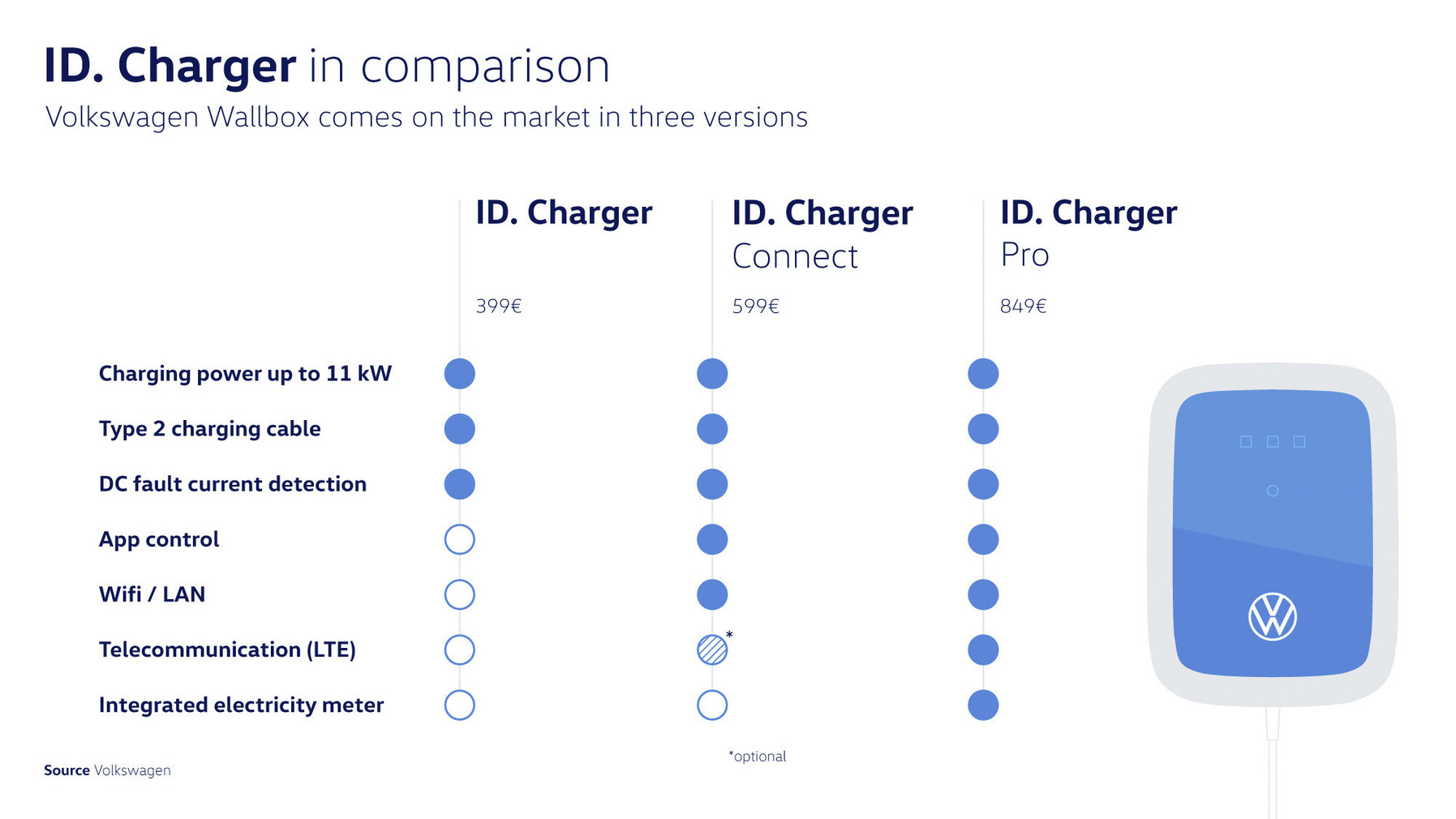Amid a heavier focus on race, diversity and inclusion in light of the police killing of George Floyd, an unarmed Black man, Facebook is making its chief diversity officer, Maxine Williams, report directly to COO Sheryl Sandberg, Sandberg wrote in a memo to Facebook employees today. Before, Williams reported to VP of Human Resources Janelle Gale.
“We are expanding Maxine’s role and putting Diversity & Inclusion at the heart of our ongoing management team discussions and processes – at the heart of all we do,” Sandberg wrote in the memo.
This is certainly a step up for Williams on the chain of command, but it falls short of having her report directly to CEO Mark Zuckerberg. Diversity advocates for years have been calling for heads of diversity to report directly to the CEO. Many companies, however, have yet to do that. More often, tech companies have their heads of diversity report into the head of HR.
As we’ve noted before, heads of diversity and inclusion are oftentimes not in a position where they are set up to effect real change. As Project Include co-founder and CEO Ellen Pao told me last June, “they’re not empowered and they don’t have the team or the authority and there’s no metric that they can push people toward and hold people accountable to. They’re in this weird role where a lot of it is external facing.”
Beyond putting Williams in a position where she will hopefully have a better seat at the table, Facebook says it will encourage employees to engage in a day of learning on Juneteenth, a day that commemorates the end of slavery in the United States. More specifically, it acknowledges the day in which slaves in Galveston, Texas became aware of their freedom on June 19, 1865.
“This Juneteenth, Facebook will commemorate the ending of slavery in America with a day of learning,” a Facebook spokesperson said in a statement to TechCrunch. “We are canceling all meetings and engaging in conversation about the history, experiences and issues that Black Americans still face. We all have a responsibility to help give voice to underrepresented communities around the world. Our goal is to learn more so that we can do more.”
This comes days after Twitter and Square CEO Jack Dorsey declared Juneteenth a company-wide holiday. Unlike Twitter and Square, Facebook employees will not have Juneteenth as an official holiday but will instead be encouraged to use it as a day of learning and attend educational sessions.
Earlier this month, Facebook employees staged a virtual walkout in protest of the company’s inaction around President Donald Trump’s post that incited violence.
Amid protests in Minneapolis against the police killing of Floyd, Trump posted on both Twitter and Facebook that, “when the looting starts, the shooting starts.” Twitter’s response was to apply a notice to his tweet, stating that it violated Twitter’s rules about glorifying violence. Facebook, however, took a different approach. Its response was to do nothing.
Zuckerberg explained that the company’s policy “allows discussion around state use of force, although I think today’s situation raises important questions about what potential limits of that discussion should be.” Additionally, Zuckerberg said, “we think people need to know if the government is planning to deploy force.”
Facebook’s track record on race has not been great over the years. But that’s not to say no progress has been made. Last June, Williams pointed to how Facebook has increased the number of Black women by 25x and Black men by 10x over the last five years.
“There has been a lot of change,” Williams told me at the time. “Has there been as much as we want? No. And I certainly think we have the issue of when we started focusing on D&I in a very deliberate way. The company was already nine years old with thousands of people working here. The biggest takeaway is that the later you start, the harder it is.”
Currently, Facebook is just 3.8% Black, 5.2 Latinx in the U.S., and 3.1% two or more races, according to its most recent diversity report.
This story has been updated with a slightly revised comment from Facebook.

Source: Tech Crunch



